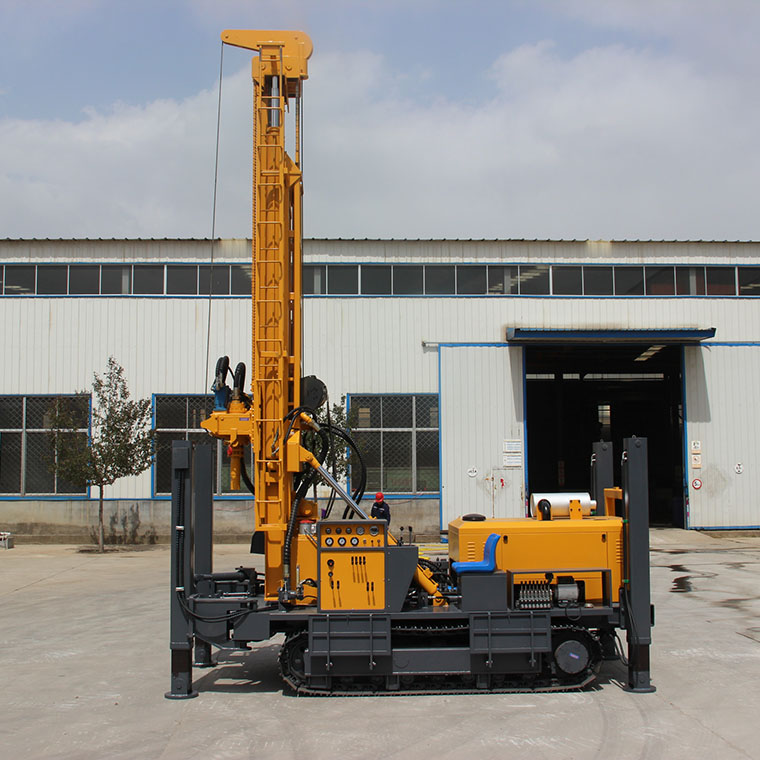Water well drilling rigs typically have rotary speeds between 30 and 90 revolutions per minute (RPM), depending on the type of rig and working conditions. For example, some rigs have an adjustable slew rate of up to 80 RPM. during operation, the slew rate of the drill bit is adjusted according to the hardness of the formation and the depth of penetration to optimize drilling efficiency and prolong the life of the bit.
The rotary speed of the water well drilling rig has a significant impact on the drilling speed, which is mainly reflected in the following aspects:1. Crushing efficiency
A higher gyratory speed can increase the frequency of the bit's impact on the rock, thus improving the crushing efficiency. In general, the appropriate rotary speed allows the bit to cut through the formation more efficiently, reducing the time required for drilling2. Mudflow and slag discharge capacity
In reverse circulation drilling, the gyratory speed is closely related to the mud flow rate. Higher gyratory speed can increase the mud circulation rate (up to 2~4 m/s), effectively carrying and discharging slag and enhancing the slag removal capacity, thus improving the overall drilling efficiency.3. Drill life
High rotary speed helps to break up the rock quickly so that the drill bit does not have to repeat the breakup after cutting into the formation, thus prolonging its service life. As the slurry quickly carries away loose rock debris, it reduces wear on the drill bit.4. Adaptability and stability
Different formations have different requirements for the rotary speed. In harder or complex geological conditions, lower speeds may be required to avoid excessive wear or damage to the equipment. In softer or easier-to-cut formations, the speed can be increased to speed up drilling.To summarize
The rotary speed of a water well drilling rig directly affects many aspects such as crushing efficiency, mud fluidity, slag discharge capacity, and bit life. Therefore, in actual operation, it is necessary to flexibly adjust the rotary speed according to the specific geological conditions and engineering needs to achieve the best drilling effect.If you need help choosing the right water well drilling rig, click the link below to contact our professional team directly.

Comments
Post a Comment